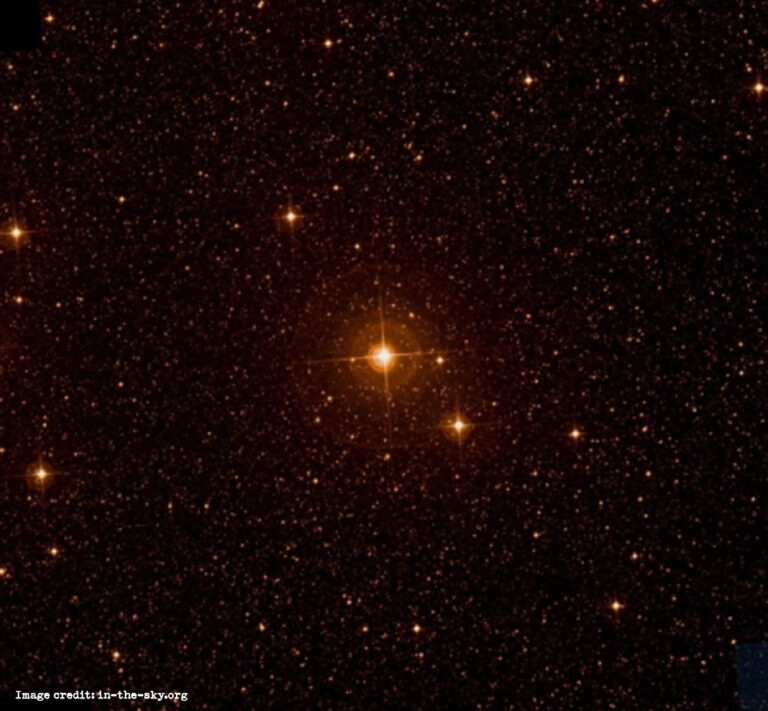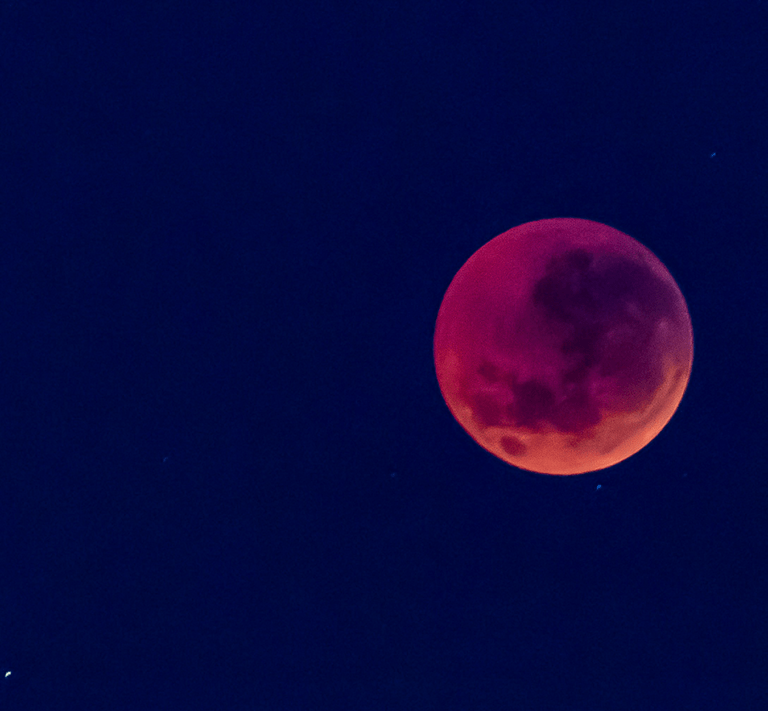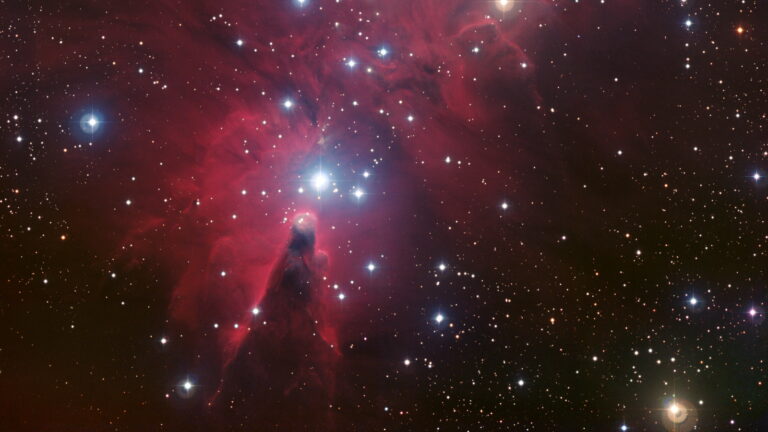Get ready to be amazed in 2025, because the year ahead is packed with incredible celestial sights.
Whether you’re a seasoned stargazer with a telescope to call your own, just starting out with a pair of binoculars, or just prefer keeping it real with naked-eye stargazing, there’s something for everyone.
You’ve seen our guide to 2025’s meteor showers, now dive into the cosmic wonders that await you next year.
Start the new year’s stargazing highlights with three of the brightest objects in the night sky! On the 4th and 5th of January, Venus, Saturn and the Moon all appear close together above the western horizon.
As the sun sets around 7.30pm, look to the constellation of Aquarius. All three celestial bodies will appear in a line, sharing the same path until they each set from 10pm, starting with Venus.
The planets aren’t really close to the Moon (or each other) at this time — Saturn is an average of 1,316,400,000 from Venus.
In the immortal words of Douglas Adams, “you may think it’s a long way down the road to the chemist’s, but that’s just peanuts to space.”

The open star cluster Theta Carinae is high in the sky all night and visible to the naked eye this March. Best known as the Southern Pleiades, the cluster contains about 75 stars and is ranked by astronomy.com as a “must-see cosmic object”.
Theta Carinae reaches its highest point on March 3, appearing at nightfall above the south-eastern horizon only, fading from view at dawn. Though you can see Theta Carinae without help, it’s even better with binoculars — find it a few degrees south of the Milky Way.
The planets are putting on a display at dawn right in time for Anzac Day. Before sunrise on April 25, three planets are visible, together with a waning crescent Moon.
Look above the eastern horizon around 5am, the Moon, Venus, and Saturn all appear close together, with Mercury lower on the horizon. This is another treat for naked eye stargazing and even better when seen through binoculars.
Look out for the great peacock this July. The Pavo globular cluster is the fourth-brightest in the sky, and also goes by names including the Great Peacock Globular Cluster, the Starfish, the Windmill, Caldwell 93, or NGC 6752.
This is one you need binoculars for, but it’s worth it — the cluster contains over 100,000 stars, some almost as old as the Milky Way.
The Great Peacock’s distinct shape and the contrast between its bright core and outer halo make it visually striking and a favourite for stargazers. Caldwell 93 is visible all night above the south-eastern horizon, and reaches its highest point in the sky at around midnight on July 9th, 2025.

Look up for a rare total lunar eclipse this September. The partial eclipse begins at 12.27am (AWST), the Moon will pass through Earth’s shadow, should turn an eerie blood-red.
Perth is well-placed for viewing this eclipse, with the total eclipse beginning at 1.31am and lasting nearly 90 minutes. Binoculars will show you the Moon in more detail than the naked eye, giving you an appreciation of its gradual darkening.
If you have access to a telescope, you’ll be able to watch the Earth’s shadow creeping across the Moon’s disk, and how the lunar landscape is illuminated by the refracted sunlight.

The Pleiades open cluster, known to various cultures around the world as “seven sisters”, is one of the most famous and easily recognisable star clusters in the night sky. Even the most casual observer with just the naked eye can see the cluster’s overall pattern and its distinctive blue-white colours, and with a small telescope, you may be able to discern different colour stars within the cluster.
Astronomers were puzzled for a long time why so many cultures referred to the seven sisters when often only six stars are visible, and why there were so many similar stories about a missing seventh sister.
The Australian astronomer Ray Norris found a possible answer. Through careful study of the cluster, Norris found that the star, Pleione, is so close to the star Atlas that they look like a single star to the naked eye, but to observers 100,000 years ago the stars seemed father apart and so seven “sisters” would have been more clearly visible.
This November 17, the Pleiades reach their highest point in the sky around 12.20am — look directly up from the northern horizon.

End 2025 with some of the best stargazing, and views of the Orion constellation.
Orion the hunter is one of the night sky’s most recognisable constellations, and it’s easily visible to the naked eye, with its figure formed by bright stars including Betelgeuse and Rigel, and iconic belt of bright stars.
During the summer months, Orion is prominently visible in the night sky, meaning viewing conditions are perfect. The constellation reaches its highest point around midnight on 15th December above the northern horizon.
Above Orion’s Belt, the Orion nebula is one of the brightest in our skies and visible to the naked eye. Also known as Messier 42, Orion is 1,344 light-years away and an estimated 24 light-years across.
Even small telescopes can reveal the nebula’s intricate details, including its bright core, dark lanes of dust, and the Trapezium Cluster, a group of young, hot stars.
This is some selected highlights for your ultimate Guide to 2025’s stargazing, but there’s a lot more to see. Now head over to Astrotourism WA and check out their monthly guides to what’s up in the night sky and check out their stargazing itineraries and trails.

Jay Chesters
Jay Chesters is a wordsmith with a little bit of a thing for the stars. As a cosmic storyteller with a love for astronomy and space that's out of this world, Jay’s always eager to share his knowledge and passions.
See stars in astrotourism towns
Head to a dark sky town for some spectacular stargazing and an unforgettable astronomy experience in a welcoming local community.











